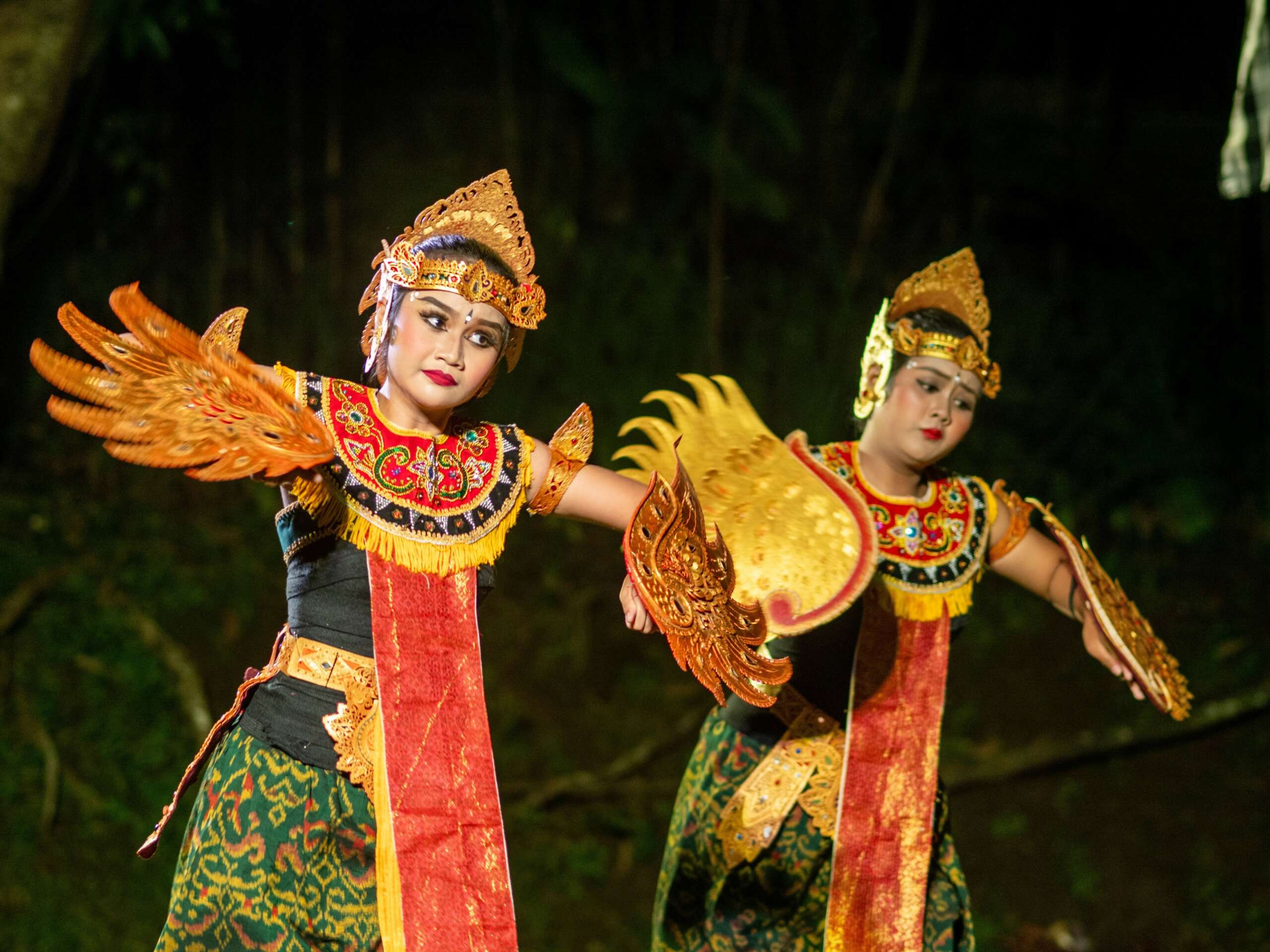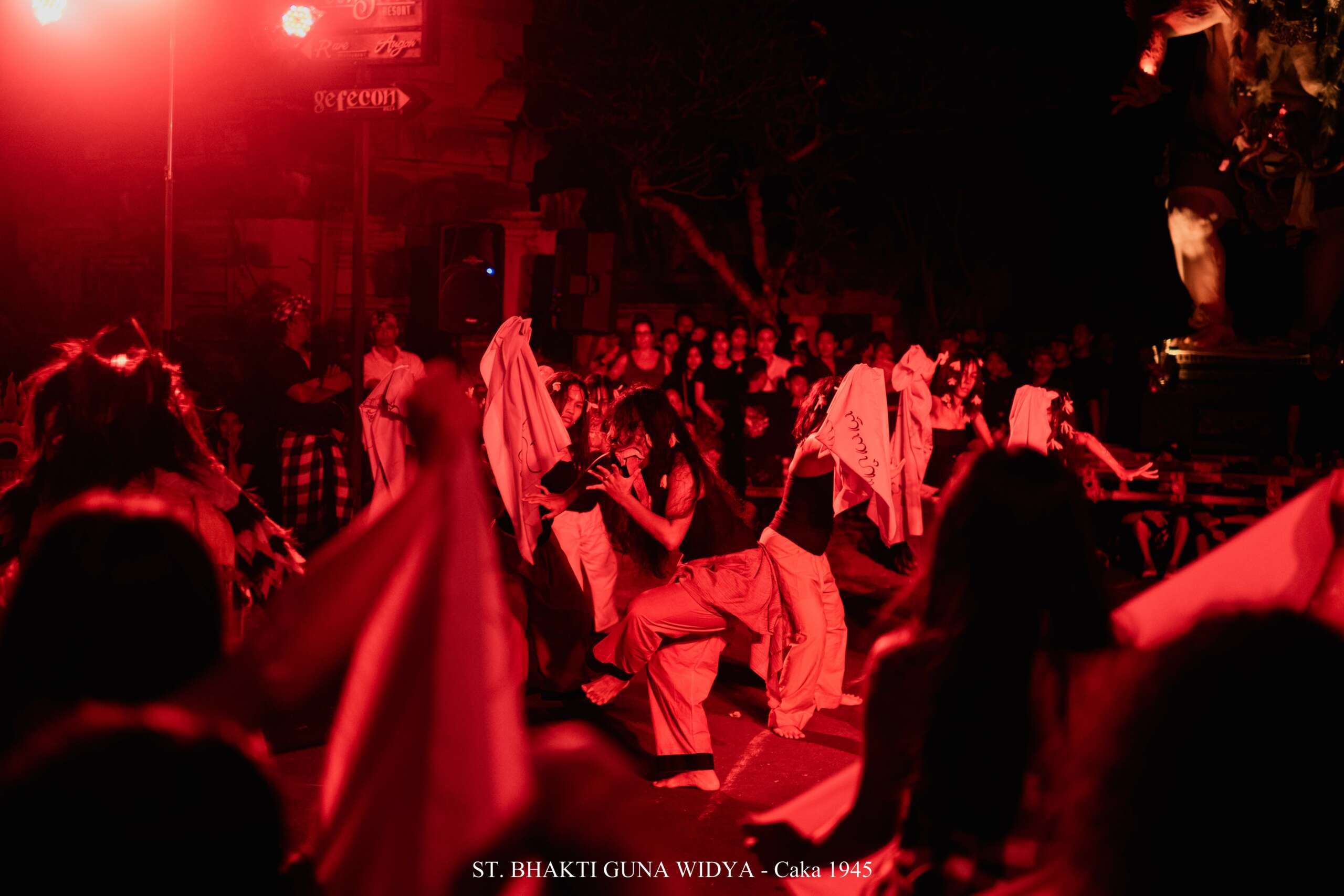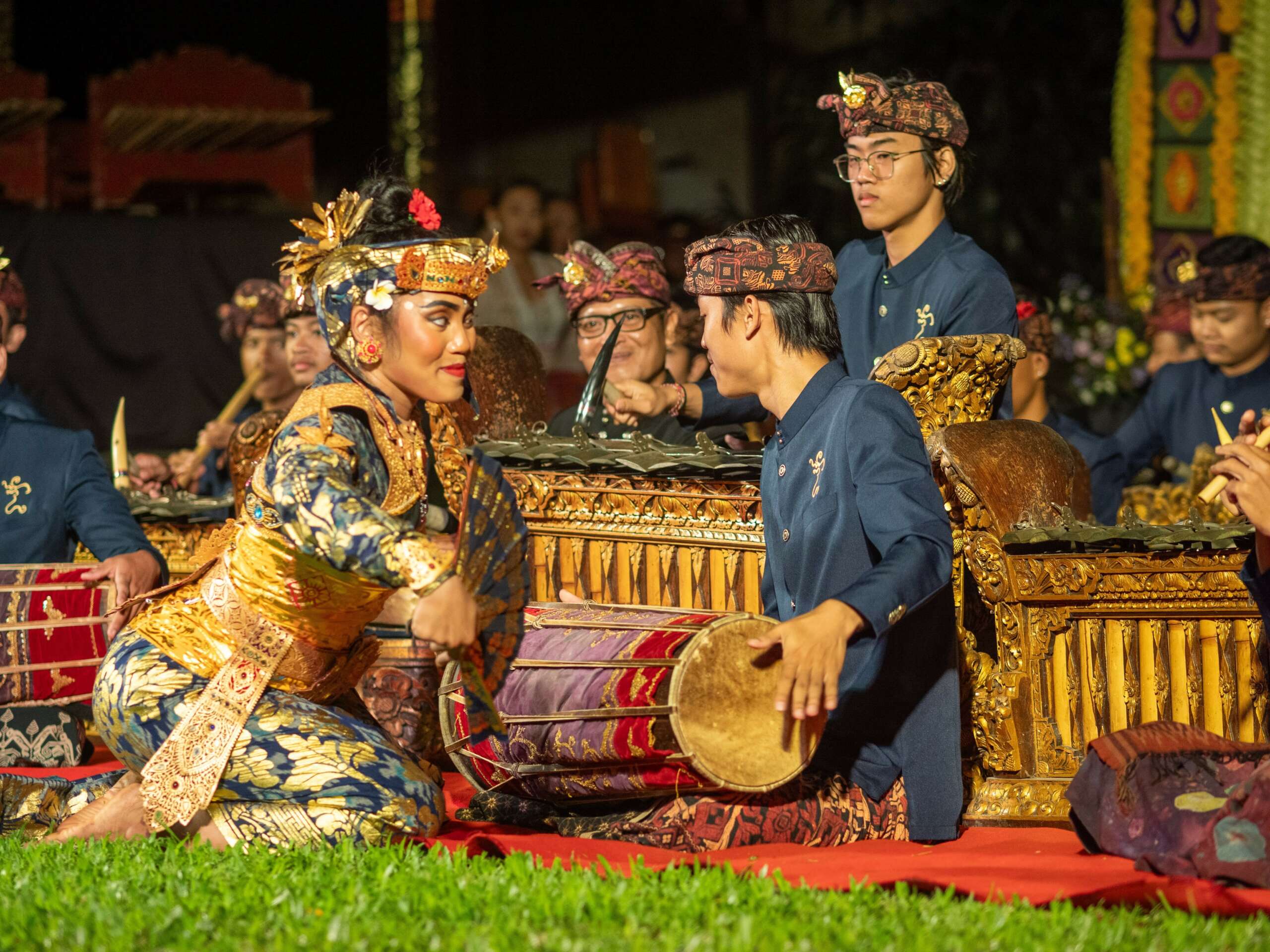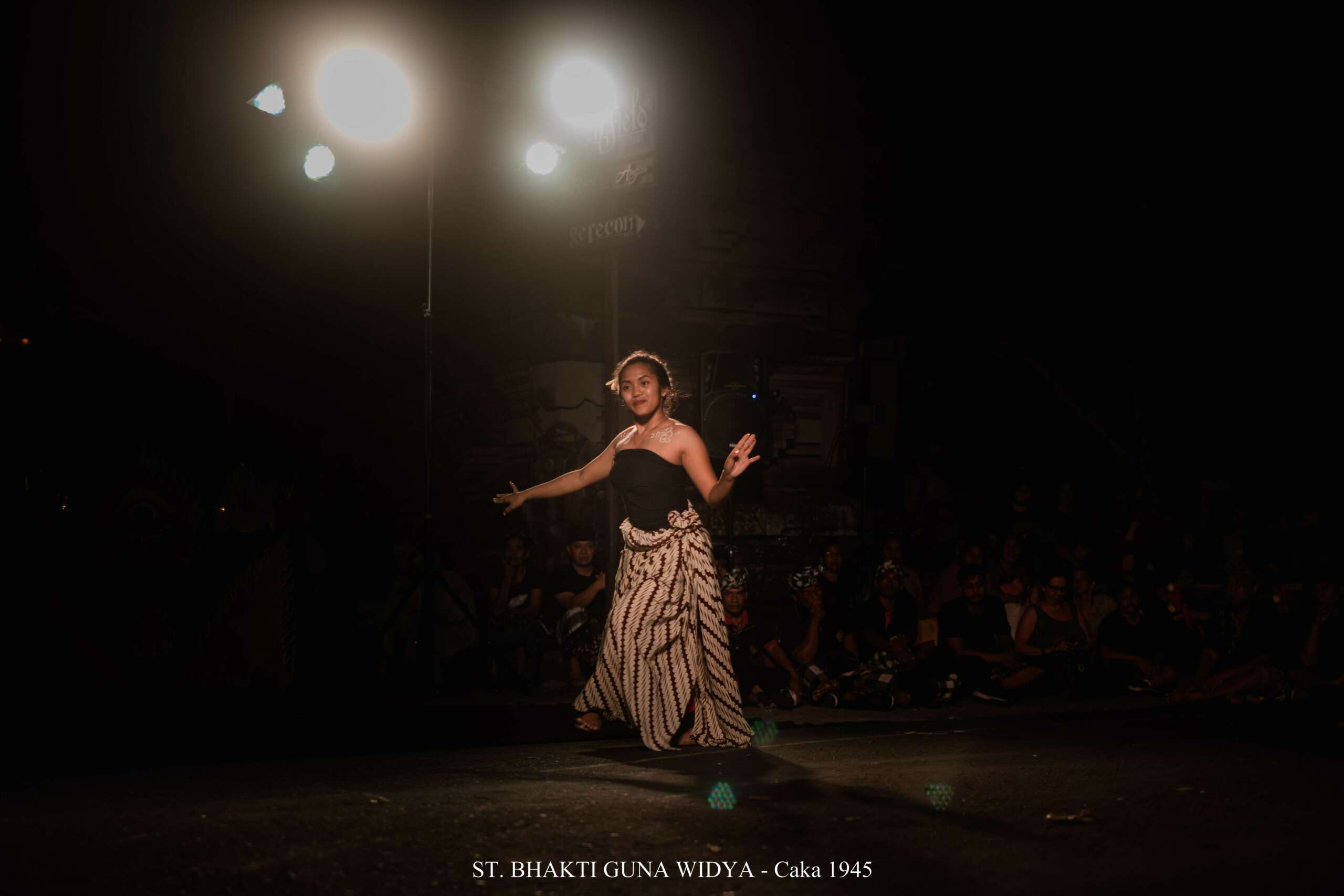We caught up with the brilliant and insightful Dewa Ayu Larassanti a few weeks ago and have shared our conversation below.
Alright, Dewa Ayu thanks for taking the time to share your stories and insights with us today. What did your parents do right and how has that impacted you in your life and career?
My younger brother, Dodé, and I grew up in a mixed, multicultural, multilingual family and, honestly, our upbringing could not have been better. Our mom is Japanese American and Javanese, our dad is Balinese. We were also raised by our communities in Bali and the Bay Area.
In our house, we had a number of rules. Most importantly, our Language Rule. We had to speak Balinese with our dad, no other languages. And we had to speak English with our mom, no other languages. Dodé and I simply had to learn both languages. If we didn’t know how to say something, we’d ask, they’d let us know, and we’d repeat our question or discussion with the new word. As a result, we grew up multilingual with (what felt like) a nice first-class ticket to being accepted into different cultures.
These linguistic and cultural rules were some of many things my parents did right. Being multilingual and multicultural has opened doors for me and my brother in incredible ways. We are able to maintain friendships and relationships, and fully participate in the young adult life in both Bali and the US.
My mom was an artistic director at Gamelan Sekar Jaya and is now a professional voice actor and her own boss! My dad is (and probably will always be) a Music Director and composer. He most often directs at Çudamani, Bali, and at Gamelan Sekar Jaya, Berkeley. Dodé, my brother, has a beautiful voice, a natural affinity for music and dance, has dreams of becoming a pilot, and is on his way to become a professional soccer athlete. My parents fostered a culture at home where we love each other, no matter what. And also, whatever we do, we must give it our best shot. This created a safe space for my brother and me to explore our interests and push ourselves to our limits with the support and love of our little family.
That being said, we also had to be proficient in Balinese arts. Making us study dance and music at a time we wanted nothing to do with arts was definitely the right thing to do. From the age of 8-14 years old, I honestly could not be relied on to make the right decisions. Not about fashion, not about food, so definitely not about my life. My parents strongly suggested my brother and I learn Balinese music and dance by taking us to lessons, having us sit in and/or join their classes, and incorporating us into their productions. They made sure to involve us in the arts during a time we did not want to, which honestly allowed us to work on our skills at a time our bodies were malleable and our minds soaked up information like sponges. Now, because of our artistic skills, my brother and I fold easily into our culture, able to keep up with our peers in Bali while continuing to pursue our own interests and dreams.
Who I am as an artist is deeply rooted in the way I was raised, by my parents and my community. At the core of any work I create, I try to have a strong base concept while being open to trying new things. Being multicultural and multilingual has provided me with opportunities to be accepted as an artist and as an individual, and has allowed me to grow throughout my artistic journey.


As always, we appreciate you sharing your insights and we’ve got a few more questions for you, but before we get to all of that can you take a minute to introduce yourself and give our readers some of your back background and context?
I am Japanese American, Javanese, and Balinese. I had the unique experience of growing up and going to school both in Bali, Indonesia and in the Bay Area, California. A product of Balinese and Californian public schools, I feel very strongly about community and social justice.
I was born into the arts, into a family of artists. My parents, along with my dad’s siblings, founded Sanggar Çudamani, a performing arts organization in Pengosekan, Bali. Çudamani was founded a few years before I was born, so I grew up with the expectation that I would be a dancer and musician, along with whatever else I wanted to be. As I became an adult, I found my own passion for the arts through expressing myself, my emotions, my passions, and advocating for social justice issues through the arts.
I am a dancer, musician, and singer, and I’m an aspiring actor, choreographer, and music arranger. I feel most comfortable in performing arts, being in an ensemble of artists. I am always seeking to learn more and I love to draw from tradition to create new works. How can we adapt a culture that is strongly rooted in its history for the modern world? How can we adapt tradition to fit the needs of our present, and to make it possible for younger generations to preserve? How can we use artistic platforms to advocate for others? How can we incorporate activism within our art, and create a discussion surrounding social justice? I always try to ask questions and hear new perspectives.
Acknowledgement from my communities is one of the things I am most proud of. Growing up both in the US and in Bali, I am definitely a confident person, yet I also experience imposter syndrome. When my work is accepted, enjoyed, and shown within the community it is from, I feel relieved and excited. In some ways, I feel that my art is a way to repay my communities while paying homage to my heritage for making me the way I am and giving me the opportunities I have. When people recognize my work in the community, I feel accepted and so incredibly proud.


For you, what’s the most rewarding aspect of being a creative?
The most rewarding aspect of being an artist is having an impact on people. I love to collaborate with other artists and see how a piece can grow. Creating something from scratch and making puzzle pieces fit is incredibly satisfying. I am grateful when audience members accept a piece and are inspired. But I truly feel successful when the musicians and dancers I work with enjoy the creative process with me.
The night before Nyepi, Bali’s Day of Silence, we celebrate Pengrupukan, the Night of Noise. In my village, Pengosekan, our youth organizations have a tradition of producing a dance drama. Last year and this year, I was chosen to direct and choreograph the show. This production involves collaborating intensively with composers, dancers, musicians, narrators, and many other production team members. The past couple of years, I was given the chance to collaborate with two young composers: I Dewa Gede Wijaya, my cousin, and I Komang Gede Sandanu Arta, one of my good friends from elementary school.
This year’s production was about the wrath of Dewi Danu, the Goddess of the Lake. Late in the process, I added a big fight scene. In this chapter, monsters enter the human realm and manipulate peoples’ minds. Fights break out everywhere, people throwing their things, shoving each other, yelling, kicking, and screaming. Utter chaos. My cousin adjusted his composition to fit the needs of the story and my dancers dramatized the scene. This chapter ended up being one of the most impactful dances I’ve choreographed.
First, the audience loved it. Dancers had poured their souls into the fight, there was shoving, shouting, and panic, and it was brilliant. Secondly, the process was incredibly rewarding. Many of the young women were new to dance, and I had to work hard to get young male dancers. When we finalized our cast, the dancers and I worked hard to get the fight right–how do we start a fight? What is each group’s story? What noises do we make? What do we do with our arms? How do we throw stage punches? How can we choreograph this yet keep it organic? I want dancers that I work with to love the piece as much as I do, and to feel that it is their baby too. Third, kids in my village felt inspired.
After our performance, community members talked to me about the show. But the most touching conversations I had were with little boys and girls in Pengosekan. They would ask me if I made the piece, then ask about how I cast people for different roles and how we create the show. They showed immense interest in the artistic process. I felt so proud when kids asked, because it shows that I have been able to impact them and inspire them to think about the arts. And perhaps get them thinking about what they might make one day.


In your view, what can society to do to best support artists, creatives and a thriving creative ecosystem?
There are many ways that society can support artists, creatives, and a thriving creative ecosystem. Firstly, people must value the arts and understand how much that art is worth. People need to stop wanting discounts from artists and asking why their art is expensive. Instead, people need to normalize paying artists what they are worth, as we do in many many other careers.
Second, the government (at every level) needs to invest in arts education. Access to the arts is crucial to ensuring a well-rounded education and fostering creativity within the next generation. From pre-school to university, arts is critical to self-expression and exploration. Every career can incorporate the arts, from engineering to social work. In addition to arts being useful within different careers, the arts foster community and family. Many people have a hard time feeling accepted, whether that is by their surrounding communities or their own families. The arts create a safe space for people to self-express and for them to be accepted as they are.
Thirdly, modern societies in every country need to recognize the impact and importance of the arts. Culture is passed down through the arts, from one generation to the next. Music, dance, paintings, sculptures, digital works, films, buildings, and so many more art forms have the potential to bring people together. Tolerance and collaboration are taught through the arts. Our world is currently being thrashed around by modern-day colonialism, wars, mass shootings, and genocide. If we keep operating by the standard that some people are worth more than others, that land and occupation are more valuable than childrens’ lives, that even elementary schools and hospitals are not safe, what will become of us?
We can learn to be better, as a society within a modern world. It does not matter how technologically advanced we are, how much money we spend on the military, or how many skyscrapers we have if we do not also uplift artists and culture-bearers. We will never truly advance as a society if we leave our cultures and our arts behind. We need to give the arts the attention it deserves. We can use the arts to pass down our cultures, to make statements, to advocate for others, to uncover truths, to tell stories, and to find peace.
Investing in arts, artists, and creatives will foster growth and development within even the most modern communities, and create thriving ecosystems that echo throughout the world.


Contact Info:
- Website: https://dewaayularassanti.wixsite.com/home
- Instagram: https://www.instagram.com/dwayu_larassanti/
- Facebook: https://www.facebook.com/dewaayu.larassanti
- Linkedin: https://www.linkedin.com/in/dewa-ayu-larassanti/
- Youtube: https://www.youtube.com/@AyuLarassanti
Image Credits
St. Bhakti Guna Widya, dwprbw, Dotu Nova, Gavin Ryan


